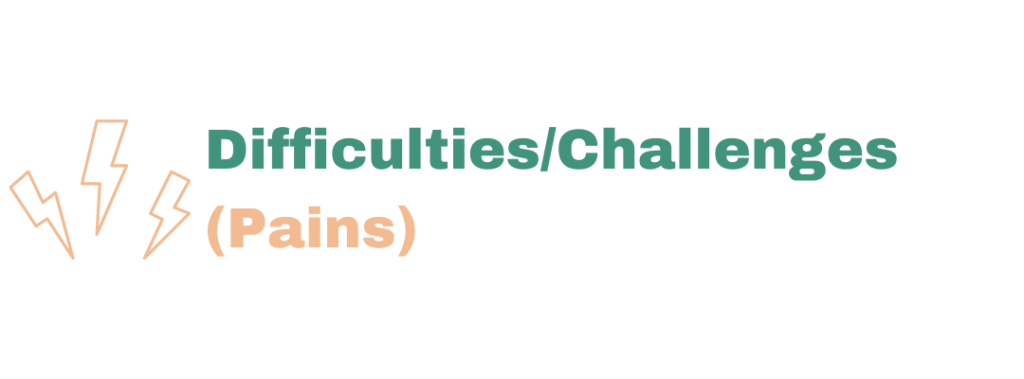BISC Partners, within the framework of the project “Increased agricultural practices and consumer awareness” funded by the European Union, with the partnership of the CSRDG, conducted a study “Drivers of consumer food safety behavior”.
The project is being implemented within the framework of the fourth phase (ENPARD IV) of the “European Neighborhood Program for Agriculture and Rural Development” (ENPARD – Georgia). It is implemented by a consortium, which includes Georgian Farmers’ Association (the leading partner), the Center for Strategic Research and Development of Georgia (CSRDG) and the Association of Farmers and Beekeepers of the Ambrolauri District of the Mountainous Regions of Georgia.

In recent years, amid the generally improved situation in terms of food safety, consumers are still less aware of the importance of food safety. Therefore, the interest in the issue and their participation in the process of enforcement of food safety control is insignificant. The practice of reporting food safety violations is also low, which creates a significant barrier to timely response.
Promoting consumer behavior change to improve food safety standards is one of the important tasks.

- Visible and hidden motivators and barriers that influence the decisions and actions of consumers – on the one hand, to select and purchase this or that food product, and on the other hand, to assess its safety and to react appropriately in case of danger.
- A model of consumer behavior related to food safety
- Profitable points for killing desired behavior
- Ways to develop measures to encourage desired behavior (recommendations on interventions)
The behavioral insights methodology used by BISC Partners offers a scientifically proven way to identify an irrational system and provide solutions to drive consumers to take the desired action: increase consumer and other stakeholders (media, civil society organizations) involvement in food safety standards and In the process of improving consumer protection mechanisms.

- Segmentation based on behavioral patterns
- Observing not visions of the future, but experience and actual behavior
- Analysis of the existing process
- A study of mental models and preconceptions
As a result of the research, BISC Partners identified the following among customers:

- Consumers do not have the feeling that safe food is being sold somewhere and that something can be changed – if they know, they will have information about the existing mechanisms of food safety protection and control, as well as the actions taken in this direction. This would greatly reduce their sense of hopelessness.
- Difficulties/Challenges (PainsReading the composition indicated on the product label is difficult, as well as understanding its content. The willingness and effort to read the label is on the face, it is important to simplify the process.
- Food safety for the consumer is directly associated with quality, which is an expensive pleasure for him, and the solution is to compromise – in the conditions of knowing the fundamental differences between quality and safety, consumer behavior will be adjusted.

- For consumers, childcare is the top motivator for checking food ingredients.
- Consumers have an interest in maintaining storage conditions, which is directly related to food safety in consumers’ perception.
- Consumers are willing to pay a little more if they know they are buying safe food.

- High price is associated with quality, and quality with safety. Consumers prefer to pay more for a “quality” product without much effort, expecting it to be harmless.
- Personal knowledge of the food producer or distributor is enough for the consumer to have a feeling of trust in unlabeled or unmanufactured products.
- There is an attitude that responding to food safety is not the responsibility of the consumer, but only the responsibility of the state and official agencies.
- Rural products are perceived as natural and there is no doubt about their safety

- There is a practice of avoiding receiving information related to food safety among consumers (information avoidance). They prefer to know less and “sleep peacefully”.
- Consumers are aware that when it comes to food safety, action is necessary, but they find it difficult to react when a violation is detected, including calling the (National Food Agency) hotline, since this behavior is still socially unacceptable in society.
- Sharply defined fear of industrialization – there is a feeling among consumers that in case of introduction of European food safety standards, the natural production of food in Georgia may be called into question.
- Negative attitude towards the “farm” product from people who have direct contact with the production process and have more information about compliance with hygienic and other standards.
BISC Partners presented a number of specific intervention ideas that need to be tested in a variety of ways to determine scale. Several measures have already been implemented and are in place, but need to be refined or improved:
- Food Safety App or Website (Technology Solution)
- Safety rating
- Food labeling (QR code)
- Inspection sticker and certificate
- Reframing and Streamlining Notification Incentives at the National Food Agency
- Information and awareness raising campaign, taking into account psychological and emotional factors identified by research
When developing interventions, BISC Partners draws on the EAST framework for behavior change, which allows us to tailor solutions to identified barriers (comfort, fears) and motivators (value goals, benefits and problems).
Learn more about the study that BISC Partners’ behavioral science experts worked on – “Drivers of Consumer Food Safety Behavior.”

